Norway Spruce
Norway Spruce (Picea abies)
The festive Norway Spruce, as the name may indicate, is a non-native species here in the UK. Introduced from Scandinavia in the 1800’s, this distinctive evergreen was originally bought over for forestry.
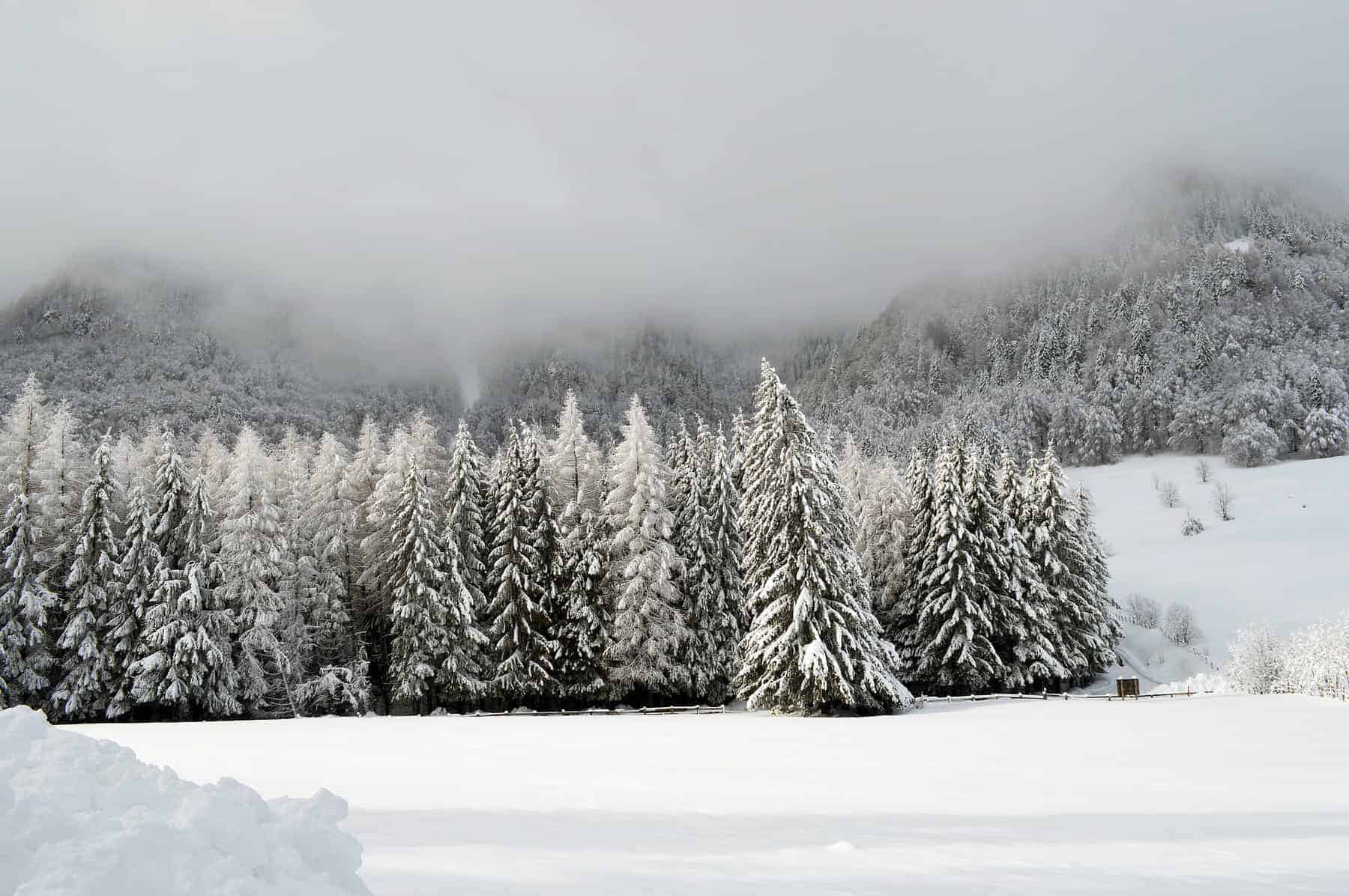
Grown for its use as a building material, the Norway Spruce is well suited for this role due to its strength, straightness of grain and fast growth, a rapid 60cm a year.
Norway spruce, also known as Spruce Fir, can grow up to 50m at maturity. These trees have been found to live to 1000 years in age, but are deemed to be mature from 80 years old where their bark changes to a darker colour and their growth drastically slows or stops altogether.
Pointed in shape, this distinctive evergreen will never grow a wide canopy always remaining wider at the bottom and narrowing at the top. Dark rich green in colour the tree will remain covered in its short durable needle-like leaves all year round.

Younger trees have coppery-grey coloured bark which has thin papery scales, then as the tree matures the bark turns darker brown and develops small plates with visible cracks. The twigs are orangey brown in colour with the small pointed needles emerging from three sides, but rarely from the underside of the twig.
In spring time the male flower can be seen laden with pollen, turning from red to yellow as the pollen increases. The female flowers, usually found near the top of the tree, are oval in shape and grow in an upright position. The male pollinates the female flower through wind pollination, after which the female turns green and grows larger in size before becoming the tree’s fruit, the cone.

The Norway Spruce cones hang down from the branch and are elongated in shape with diamond and rounded shaped scales that are red-brown in colour. The seeds from the cones are released in springtime to create the next generation of a tree or provide valuable food for local wildlife, especially favoured by the Red Squirrel.
As well as for forestry the Norway Spruce is commonly used as a festive addition to our homes as the humble Christmas Tree. A tradition started back in 1841 by Prince Albert, husband of Queen Victoria. He introduced the old German tradition of decorating a spruce tree at Christmas time, and it is usually the Norway Spruce that is used. Known for its distinctive fresh scent often associated with the festive season and its year-round vibrant colour the Norway Spruce is a great addition to any household at Christmas.
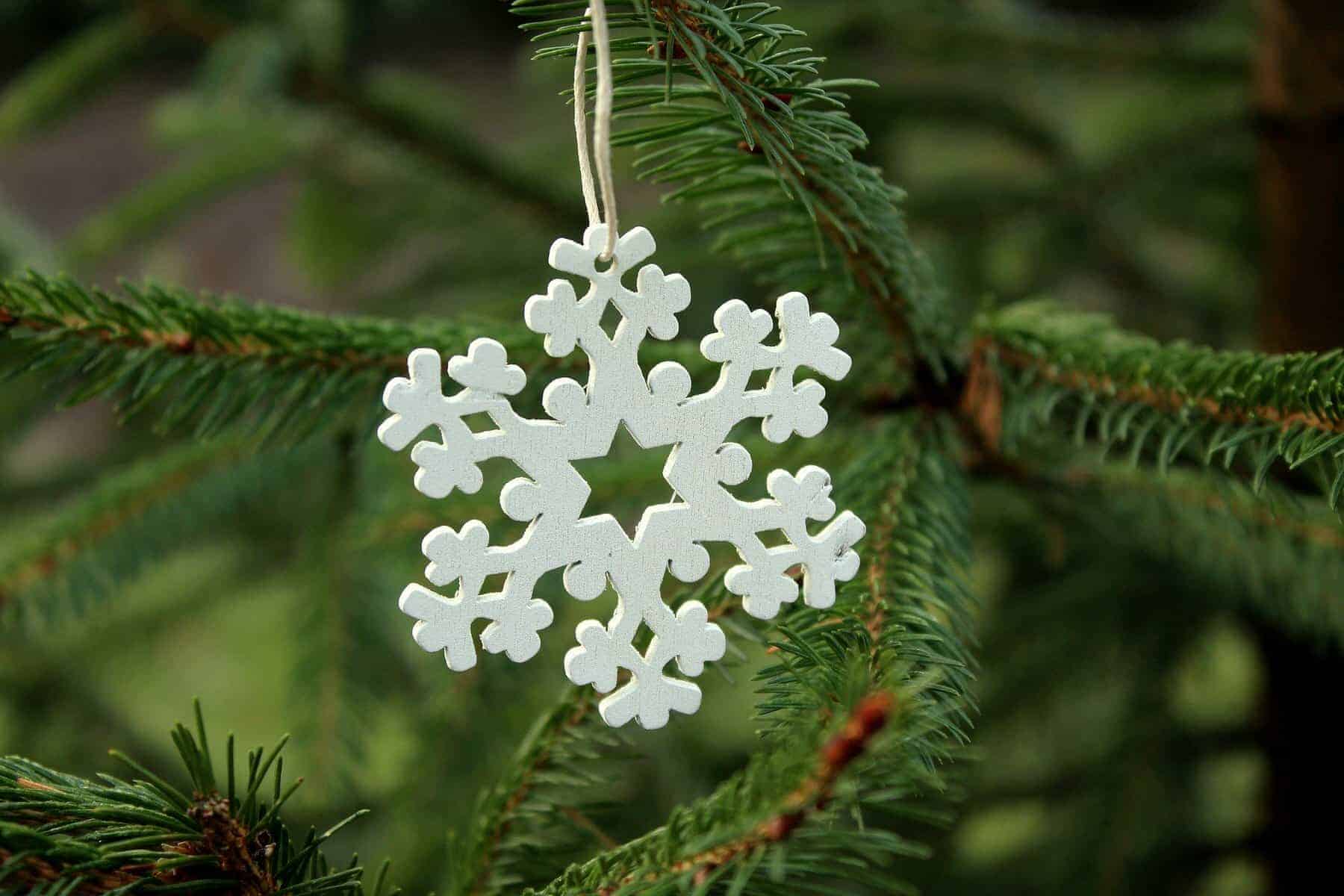

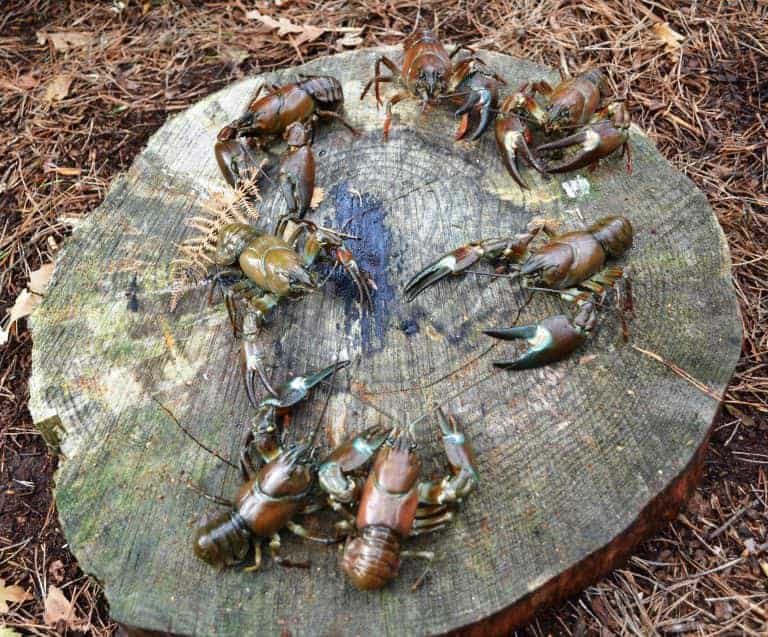
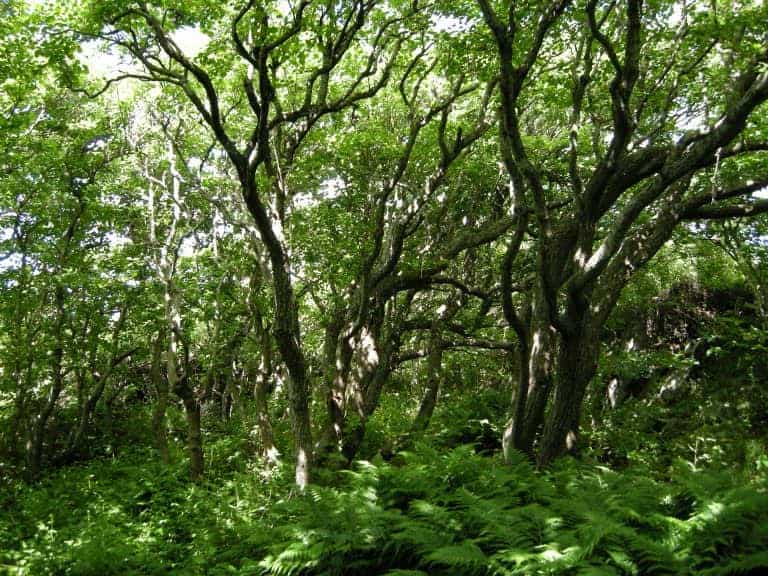

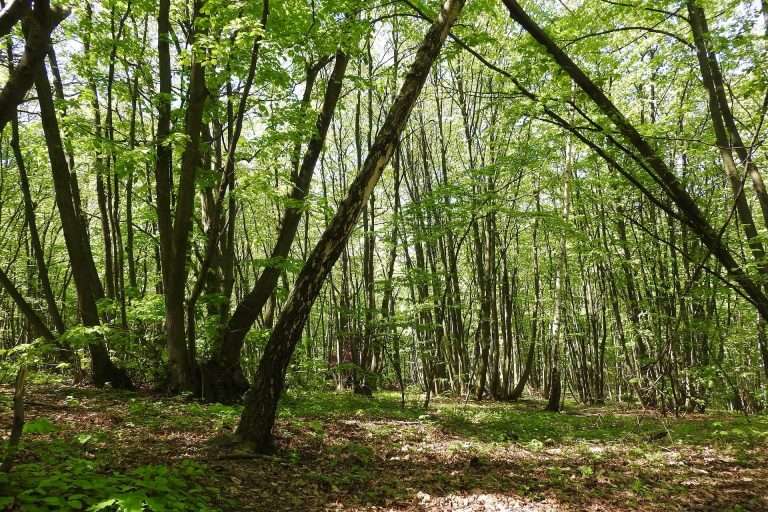
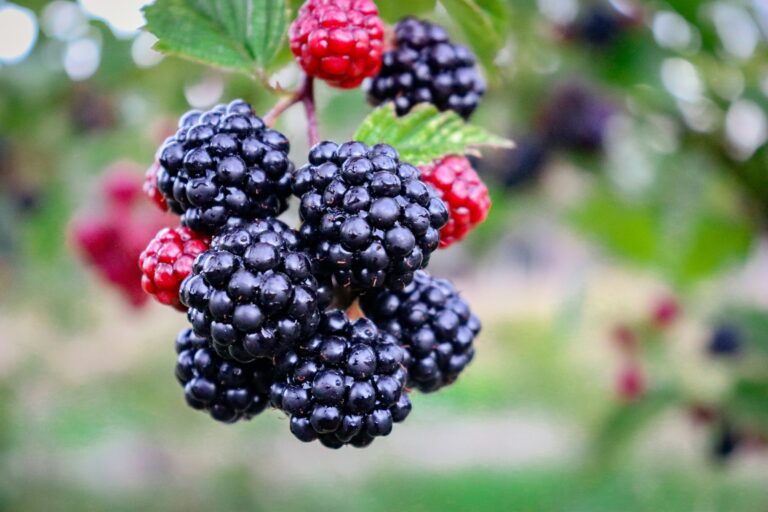
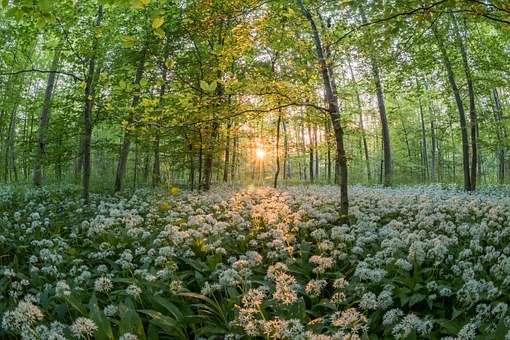
A great and insightful read thank you
Thank Zed. Glad you enjoyed it.